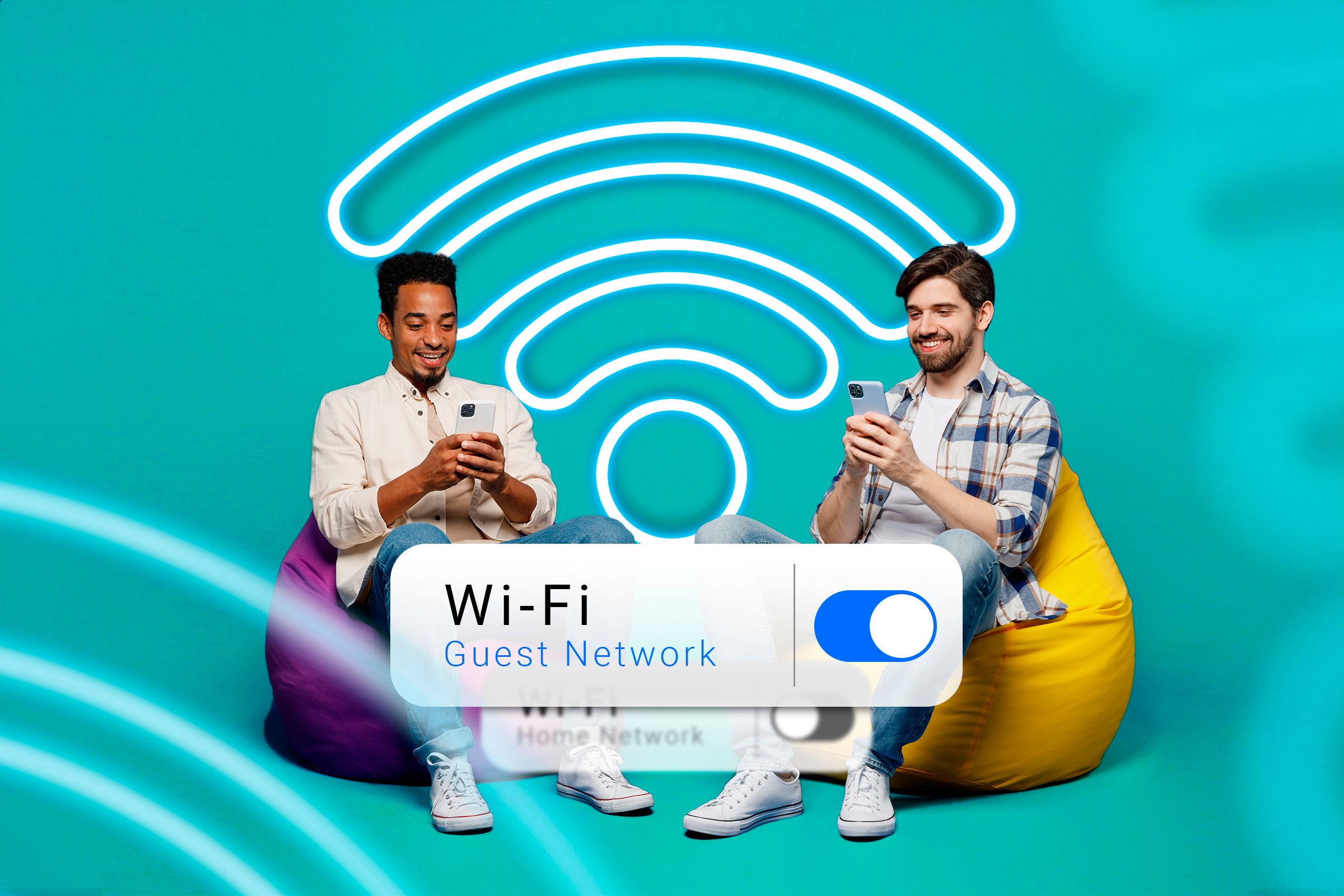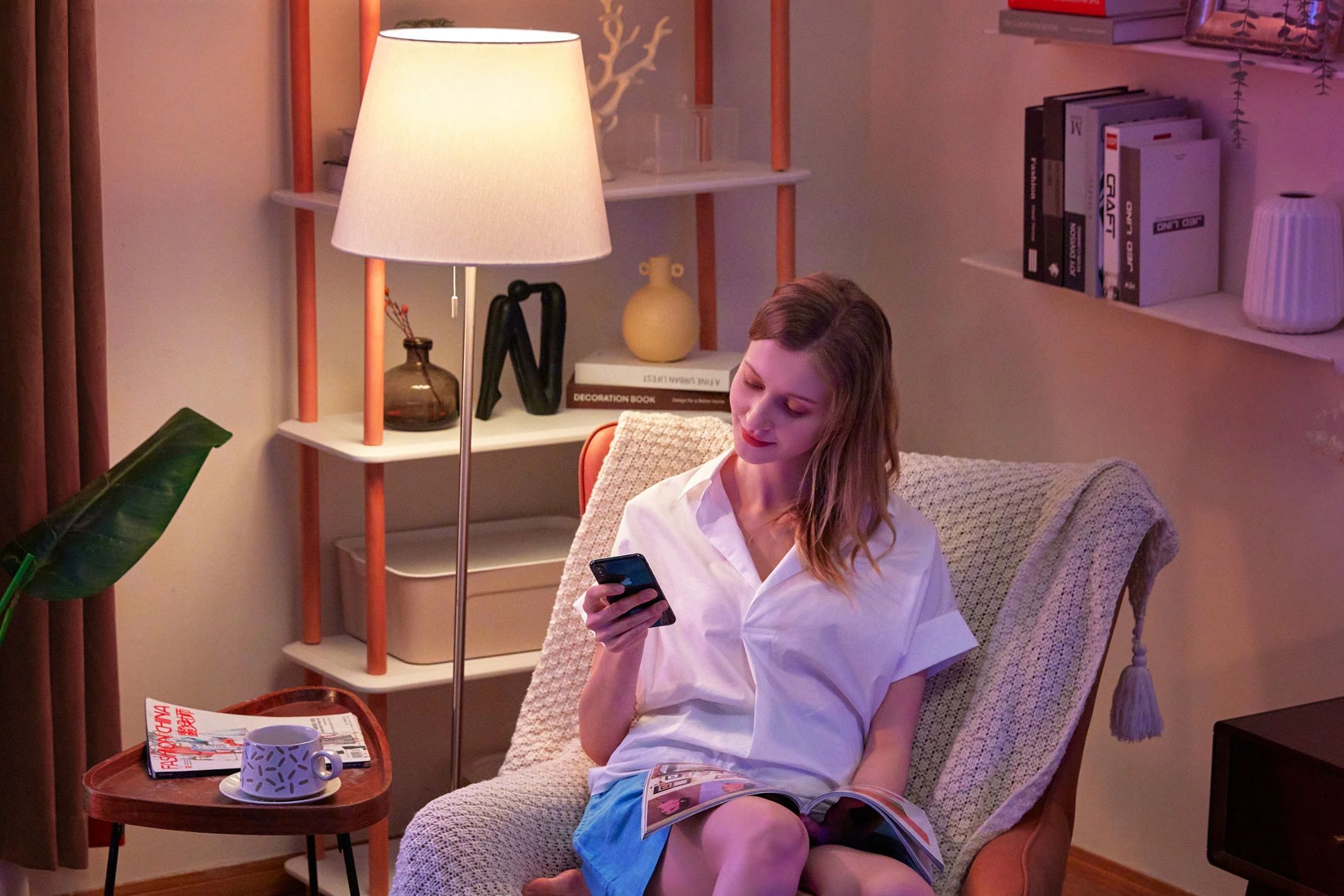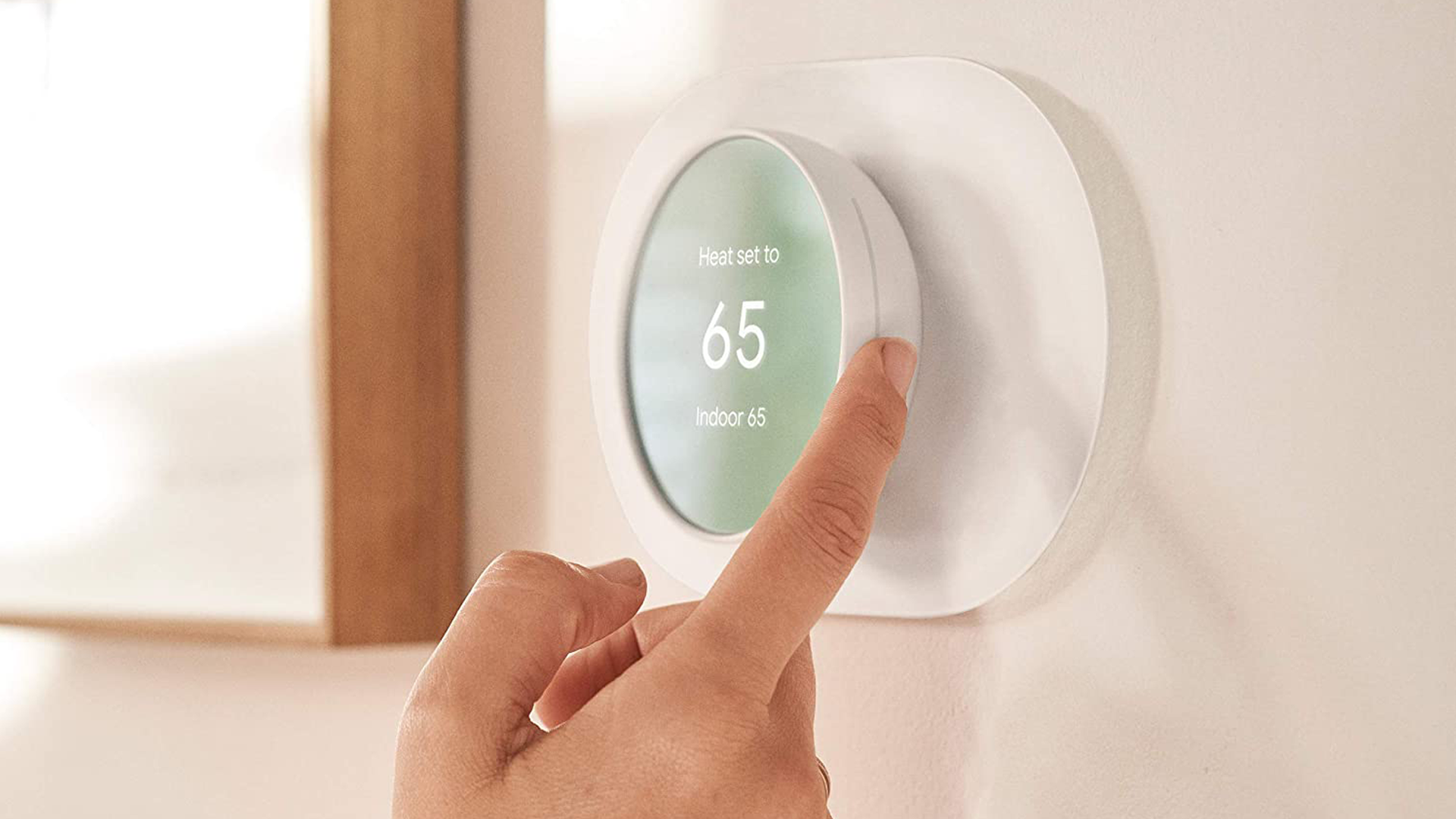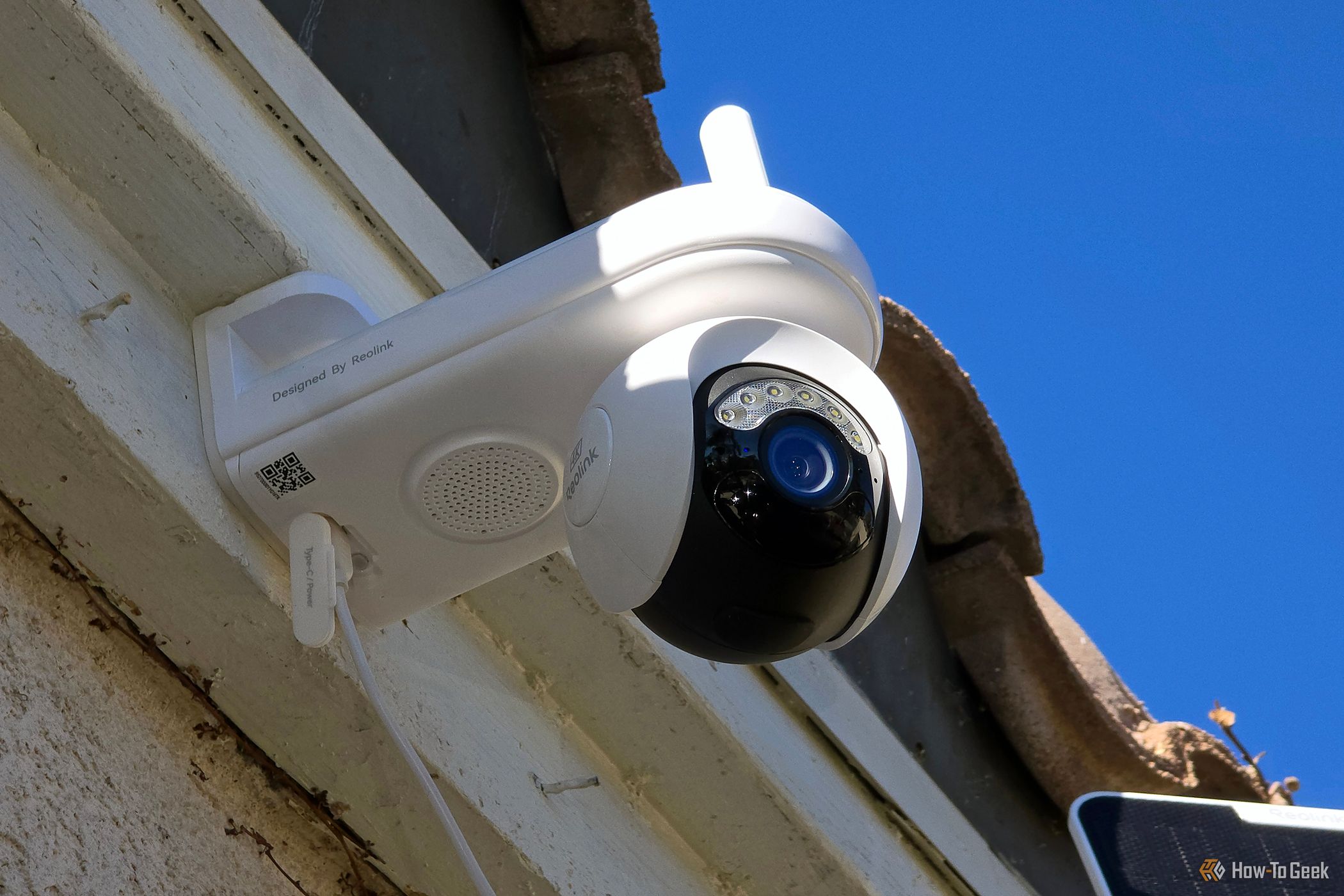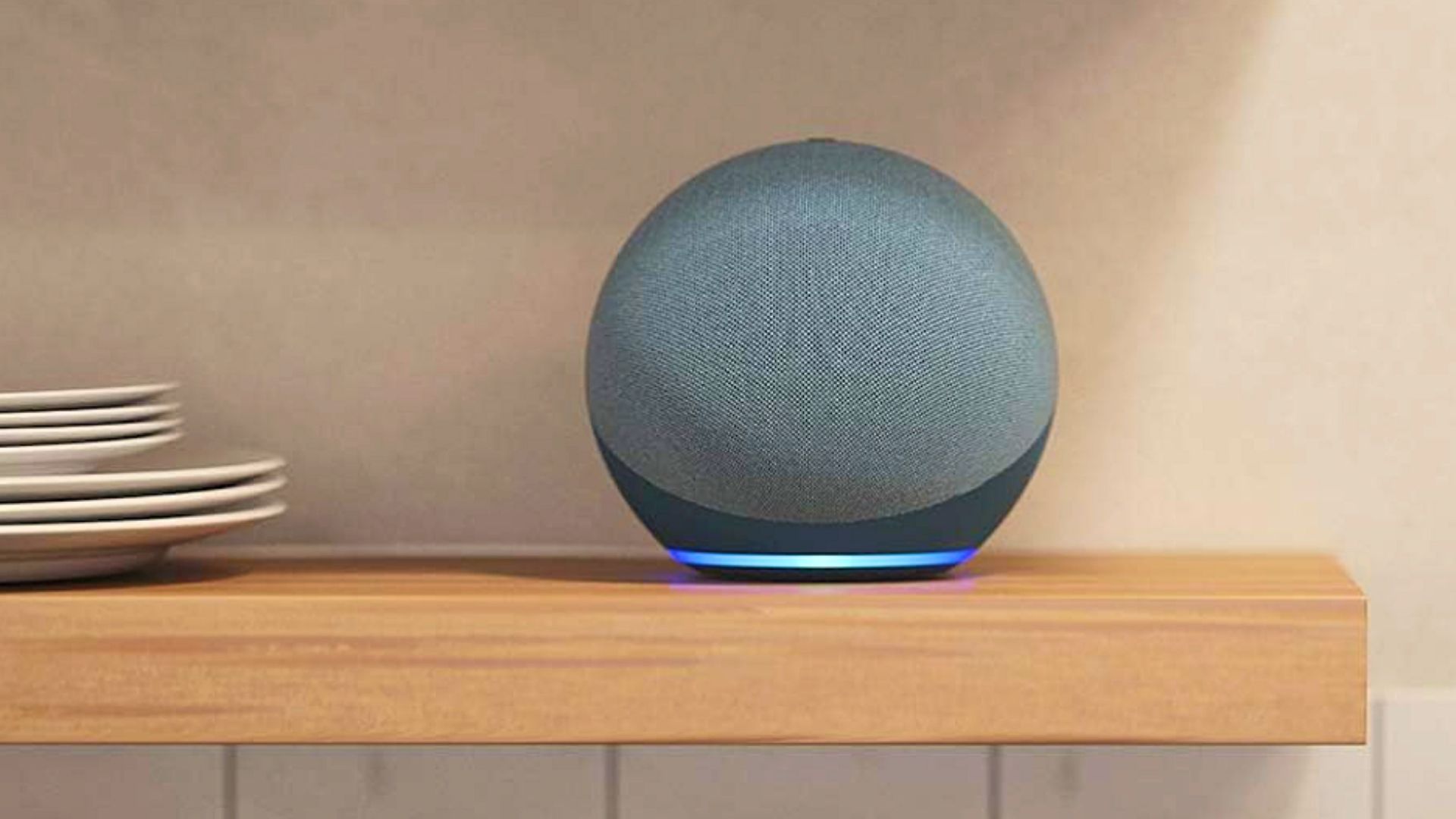Summary
- While a smart home should be intuitive and just work for everyone, there’s a good chance your own smart home setup is specific to you so adjustments are necessary when you have guests.
- Setting up a Guest Wi-Fi network is an easy way to protect your devices from guests.
- On top of this you’ll need to figure out whether to explain or disable automations that may seem complicated to outsiders, particurly when it comes to lighting, heating and cooling, operating the TV, and other smart devices (like locks) in your home.
Creating the perfect smart home isn’t easy. There are usually compromises along the way; you may have to beg your family to leave the light switches alone so that your motion-activated lights keep working, for example. Everything is fine until guests come to visit and start flicking light switches like there’s no tomorrow.
That’s why your smart home needs a guest mode. By creating a dedicated mode that only runs a limited set of your smart home automations, you can make your home temporarily more accessible to guests. Once they’re gone, you can turn the guest mode off, and your perfect smart home will be back. How you set one up will depend on your smart home ecosystem, but there are some key things your guest mode should include.
Create a Guest Wi-Fi Network
Your home Wi-Fi network is likely to be connected to all sorts of things, such as your computers, shared network drives, printers, and many of your smart home devices. Giving guests access to your home network means there’s a risk that they could gain access to your devices or your private information, whether accidentally or intentionally.
A simple but effective solution is to set up a guest Wi-Fi network that your guests can use. They still get access to the internet when they’re in your home, but you don’t have to worry about them rooting through your files or accidentally disabling all of your smart home devices.
Most routers make it simple to set up a guest network, creating a separate network and password to your main network. You can even turn the guest network on and off at will. Generating a QR code that guests can use to sign in to the guest network is a quick and easy way for them to get online and for you to ensure that they’re signing into the network that you want them to.
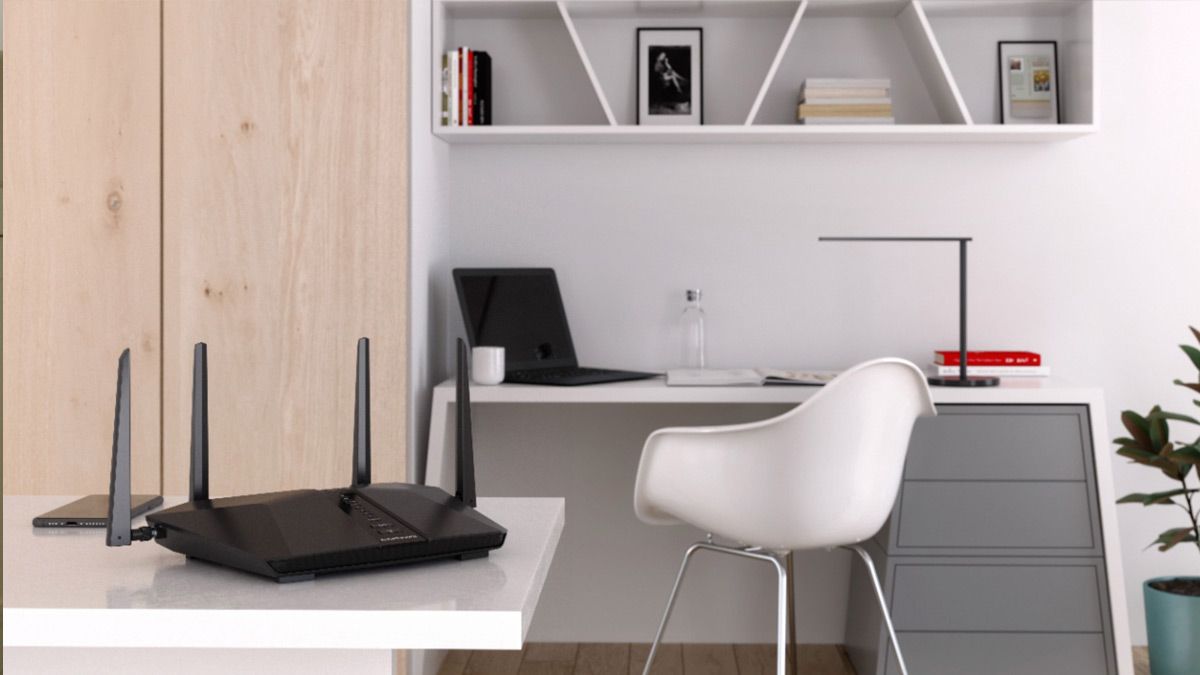
Related
Use a Wi-Fi Guest Network? Check These Settings
Guest networks are great, but be sure you’ve configured yours correctly.
Ensure They Can Control Lighting
Smart light bulbs are one of the most common smart home devices in people’s homes because they’re easy to install and relatively inexpensive. However, controlling those lights can get complicated.
The trouble with smart light bulbs is that they don’t play well with traditional light switches. If the switch is turned off at the wall, then the smart light bulb is effectively unreachable, meaning you can’t turn it off using your smart home controls or automations. You can train the people you live with to leave the light switches alone, but your guests are almost definitely going to want to use the light switches.
There are two main options here. Either you set up a guest mode for your smart home that disables all of your clever lighting automations and just lets the smart light bulbs be controlled by the wall switches, or you leave your automations in place and block the switches in some way, such as taping over them.
Your guests will probably prefer the first option of using switches as they’re intended, although taping them will mean you can impress your guests with your motion-activated lighting.
Give Easy Access to Heating Controls
You want your guests to be comfortable, and they may have a different idea of what represents a comfortable temperature. Your guests will likely want to turn the heating up or down at some point.
If you use a smart thermostat, it’s not going to be immediately obvious how to change the temperature in your home, so you’ll want to set up a simple way for them to be able to do so. There are plenty of options; many smart thermostats will work with smart speakers such as an Amazon Echo, which will allow your guest to ask Alexa to change the heating to a different temperature.
An alternative option is to create a simple smart home dashboard for your guests that has minimal controls on it, such as lighting and heating. They can use this dashboard to turn up the heating or turn lights on and off without messing with the other smart home devices you have set up in your home.
They’ll Want to Use the TV
This one is a real challenge for me. I was so sick of needing eight different remote controls to control all my AV devices that I made my own smart remote instead. It’s simple to use, but some of the functions don’t match the limited buttons on the remote.
One option is just to leave a write-up of how to use the remote and what the buttons do, but this isn’t ideal, as guests aren’t going to want to have to read a manual before they can watch Netflix. You can leave out all the original remotes, but this is likely to be equally complicated for your guests to use.
Alternatively, you can add some buttons to your guest dashboard, such as “Watch Netflix” or “Watch TV.” They can use these buttons to launch the Netflix app on your smart TV or change the HDMI input to your DVR. They should then be able to navigate using the appropriate remote.
It’s a good idea to set up guest accounts for streaming services such as Netflix, too. Not only does this mean they can access them without a password, or with a password that you give them, but it also means their viewing doesn’t affect your Netflix recommendations in the future.
Disable Any Geolocation Automations
Devices such as your smartphone can track your approximate location. You can use this information for smart home automations. For example, when both my phone and my wife’s phone are shown as being away from the house, my smart thermostat will turn off the heating, and the smart lock will lock. When we haven’t got guests, this is exactly what I want to happen.
If we do have guests, however, then if my wife and I leave the house, the heating will turn off, and the door will be locked, even if the guests are still home. This obviously isn’t ideal, so you should ensure that your guest mode disables geolocation automations of this kind.
Give Them a Simple Way to Control Things
There are many ways to control smart home tech, from voice control or dedicated apps to smart home automations such as motion control or scheduled actions. Your guests, however, need one simple way to control the devices they’re going to need.
Voice control is fine if you have smart speakers, but it may require your guests to remember the key phrases or commands, and they might not feel comfortable speaking to a smart speaker. If you have a dedicated dashboard set up in your home, this can be a better option, as you can customize it to show just a limited selection of devices in guest mode.
Perhaps the easiest option is to create a temporary dashboard that they can access on a tablet. They can then use this to control devices from wherever they are. If they want to watch TV, they can use the tablet to turn on the TV, open Netflix, and start watching.
If your guests are staying for an extended period, then charging the tablet becomes an issue, but if they’re only there for a short while, it’s an effective way to let your guests control a limited selection of your devices.
Protect Your Smart Home
As well as making things convenient for your guests, you also want to ensure that you keep yourself protected. You don’t want to leave yourself or your data at risk or leave yourself with a huge job of trying to get your smart home back in working order. That’s why it’s important to ensure that your smart home is protected from inadvertent destruction as much as possible.
You should ensure that guest mode restricts access to devices such as smart locks or security cameras that could unintentionally leave your home unprotected. Voice assistants can also provide information such as your calendars, contacts, shopping lists, and more, so you might want to consider turning these off or locking them down in some way.
If you’re creating a guest mode dashboard, only include the devices that your guests really need, such as heating and lighting. Anything you don’t want them to control should be left off the dashboard and restricted from access by the guest Wi-Fi network. You may even need to take some physical precautions, such as taping over light switches or unplugging certain devices.
Provide Clear Instructions
If you have a lot of smart home tech in your home, it may not be possible to make the perfect guest mode that your guests can use intuitively without any problems at all. That’s why it’s really important to leave some clear instructions about how things work. Even if you create a perfect guest dashboard, it may still not be entirely clear how to access it or how to use it.
By leaving written instructions that cover all of the most likely eventualities, you should be able to make your guests feel as comfortable as possible with controlling your smart home. You could even create a custom skill for Alexa that they can query to get help if they need it.
Ideally, the perfect smart home would work seamlessly no matter who is in your home, but in reality, this is far from the case. Some automations may rely on the location detected by your smartphone or may require knowledge of the correct voice commands.
However, it should be possible to create a guest mode for your smart home that makes it possible for your guests to access the features they are most likely to need without you having to worry about your perfectly formed smart home getting destroyed. It will take some time to set up, but once you’ve done so, it will always be there when you need it.


